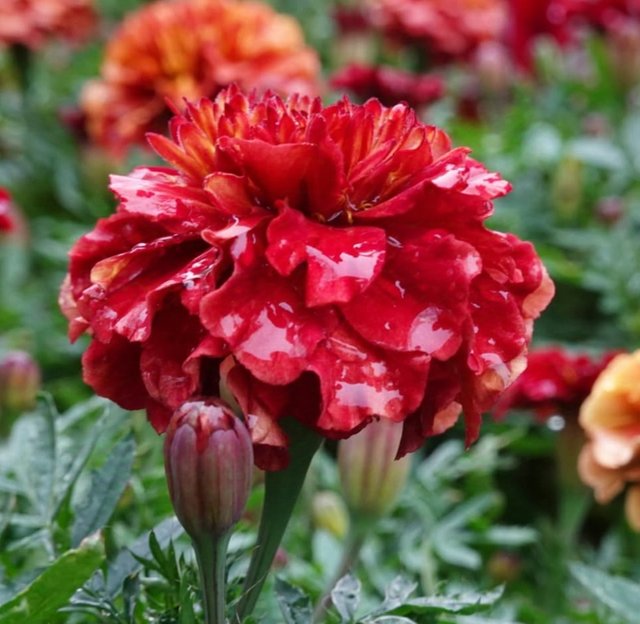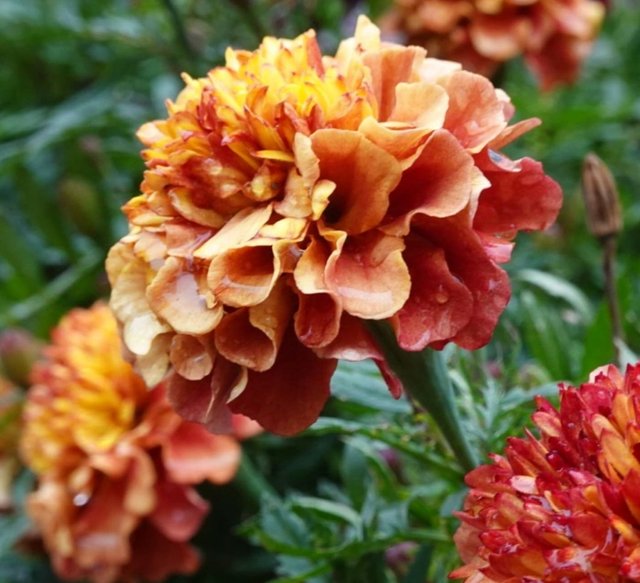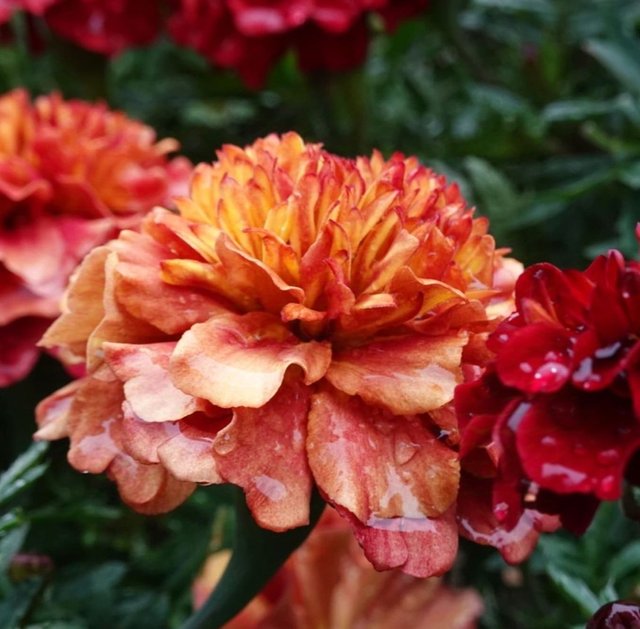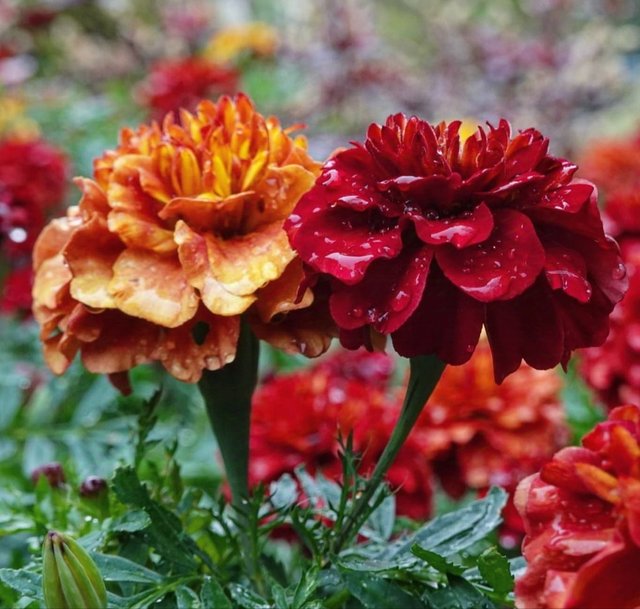So Beautiful Marigold Flower
The Versatile Beauty of Marigold: A Flower of Rich Heritage and Utility
The marigold, with its vibrant hues and striking appearance, is much more than just a garden plant. Revered for centuries across cultures, this flower holds a deep symbolic, medicinal, and practical significance. Known botanically as Tagetes, marigolds are members of the Asteraceae family and are native to the Americas, though they have been embraced worldwide. Let’s dive into the multifaceted world of marigolds and explore why they remain a beloved presence in gardens, rituals, and remedies.
The Radiant Charm of Marigolds
Marigolds are easily recognizable by their bold, sunny colors ranging from golden yellow to fiery orange and red. Their symmetrical, layered petals form blooms that vary from petite single layers to large, full blossoms resembling pom-poms. The leaves are typically green and finely divided, creating a delicate contrast to the flower’s bold appearance.
Their hardiness and adaptability make them a favorite among gardeners. Thriving in sunny locations and requiring minimal care, marigolds are not just beautiful but also highly functional in gardens as pest repellents, thanks to their strong fragrance and natural compounds.
Symbolism and Cultural Significance
India: The Flower of Devotion
In Indian culture, marigolds hold a sacred position. Known as Genda Phool in Hindi, they are prominently used in religious ceremonies and festivals. Their bright orange and yellow colors symbolize purity, positivity, and devotion, making them ideal for adorning altars and idols. During Diwali and Navratri, marigold garlands are a ubiquitous sight, symbolizing the sun and its life-giving energy.
Latin America: A Link to the Afterlife
In Mexico and other parts of Latin America, marigolds play a central role in Día de los Muertos (Day of the Dead) celebrations. Known as cempasúchil, the flower is believed to guide the spirits of the departed back to the living world through its vibrant color and distinct aroma. Marigolds are often placed on altars and graves as an offering to loved ones who have passed away.




